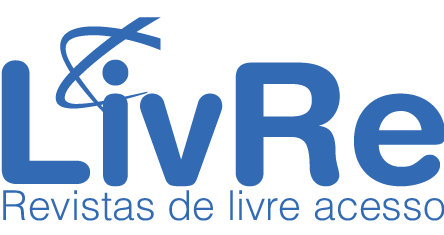DRUG INTERACTIONS GUIDE
A TOOL IN HEALTH EDUCATION
Palavras-chave:
Drug interactions, Pharmaceutical care, Health educationResumo
Objective: The present study intended to list the medications used in a Hospital, in order to elaborate a guide for drug interaction and promote a measure of health education. Methods: This research was obtained from on-site research of all drugs used and analyzed the interactions between them through the Drugdex (Micromedex)® database. Results: There were 60 drug varieties, of which 85% had drug interactions, with 237 possible combinations. The drugs that presented the most interactions were: propranolol hydrochloride, phenobarbital and phenytoin, representing 8.2% each, followed by diclofenac potassium 7.6%, dogoxin 7.6%, diclofenac sodium 7.2%, ciprofloxacin 6.7% and 6.3% levofloxacin. 53% of the interactions were shown to be of the major type, 40% moderate and 6% were the minor type. Conclusions: From these data a guide was developed and present to hospital professionals and distributed in the sectors. This study highlighted the relevance of health education as a pharmaceutical service and improving the quality of life of drug users.






